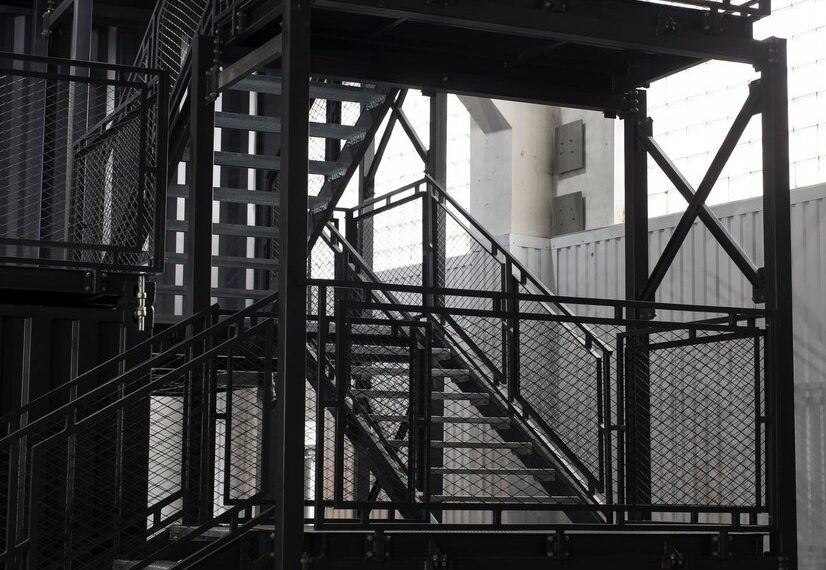Stair climbing in one’s residence is a situation that becomes increasingly difficult for many people with mobility problems as they grow older or after an injury. With the help of stairlifts, accessible even in previously inaccessible areas, a useful solution to reliance and safety is created. Picking the perfect type of a stairlift requires no small amount of consideration with regards to a few aspects. The article discusses five important things to consider when choosing a stairlift for your home.
Safety Features: Prioritizing Protection During Operation
Safety ought to be the first option when selecting a chairlift for your home. Select those with obstacle sensors so in the case something obstructs the way the lift will instantly stop. Despite being seemingly simple, seat belts provide critical protection when in transit, especially during the start and stop points. Ensure that the seat locks into position when not in use to prevent them from shifting unplanned.
Customization Options: Matching Your Staircase Configuration
Every property has a different staircase, thus stairlifts need to be appropriately adaptable. Curved stairlifts can handle spiral designs, landings, and curves, whereas straight stairlifts are effective for straightforward, linear staircases. Modular systems that can be tailored to meet odd layouts are available from some manufacturers. Think carefully about how wide the steps are; will there be enough room for people to utilize them comfortably? When the lift is not in use, folding seats, armrests, and footplates make the most of the available space.
Comfort and Usability: Ensuring Daily Convenience
Since using a stairlift becomes a daily habit, comfort has a big influence on how happy you are with your purchase. Consider height, size, and seat cushioning; when seated, your feet should ideally rest pleasantly on the footplate. When getting in or out of the elevator, armrests should offer sufficient support without limiting mobility. Controls should be placed strategically for easy access, usually on the armrest, and should be made for those with weak or dexterous hands.
Weight Capacity and Durability: Meeting Current and Future Needs
Certain weight ratings are required for stairlifts in order to provide a reasonable margin of safety for the intended user. Heavy-duty variants may hold up to 500 pounds or more, while standard models usually sustain 250–300 pounds. As medical situations change, take into account not only your present demands but also your possible future ones. Look at the quality of the structure; strong materials, such as aluminum, offer strength without being overly heavy.
Long-term Value: Balancing Cost with Quality and Support
The price in the beginning often determines purchase decisions, and an evaluation of the long-term value requires one to factor other aspects other than the basic cost. The manufacturer’s warranty coverage gaps between options are massive with the highest being five years of coverage. Consider the warranty to find out whether it covers labor or parts. Since routine maintenance prolongs operating life, look into the availability and cost of maintenance services in your region. When it comes to long-term budgeting, battery replacement prices and timetables become important.
Conclusion
A significant choice that impacts everyday life and long-term freedom is choosing the right stairlift from a company like Money4Stairlifts. You may choose the model that best suits your demands and home setting by carefully weighing safety features, customization possibilities, comfort, weight capacity, and long-term value. Keep in mind that expert evaluation is still crucial to this procedure; knowledgeable advisors may point out situation-specific factors that could otherwise go unnoticed.







